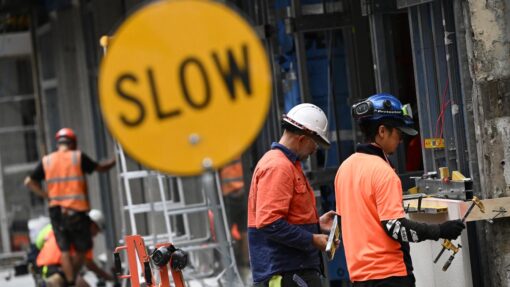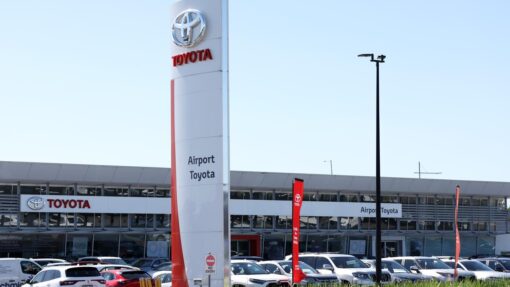Demand for home loans picks up further
Colin Brinsden, AAP Economics and Business Correspondent |
Demand for mortgages picked up in December, even as new figures showed house prices grew further at the start of 2022.
Reserve Bank of Australia Governor Philip Lowe again warned that with interest rates at historically low levels it was important that lending standards were maintained and that borrowers had adequate buffers.
However, he said following Tuesday’s first board meeting of the year it will remain “patient” before lifting the cash rate.
The Australian Bureau of Statistics said housing loans rose 4.4 per cent in December, driven by a 5.3 per cent increase in loans for owner-occupiers.
“This is the second consecutive monthly rise in owner-occupier lending and follows the falls seen from June 2021 through to October 2021,” ABS acting head of finance and wealth Amanda Seneviratne said.
Loans for owner-occupier first home buyers also grew for the second consecutive month, up 1.3 per cent.
However, first home buyer loans were 21.5 per cent lower than a year earlier.
Meanwhile, investor housing loans were up a further 2.4 per cent to stand at a staggering 73.9 per cent higher than a year earlier.
Separate data showed growth in house prices went up a notch during the seasonally quiet January holiday period, but nowhere as fast as a year ago.
The CoreLogic national home value index rose 1.1 per cent in January, for an annual rate of 22.4 per cent, the highest level since June 1989.
In approximate dollar value terms, the typical Australian home is now worth $131,236 more than it was a year ago.
“The early indication is that housing markets are starting 2022 with a similar trend to what we saw through late last year. Values are still broadly rising, but nowhere near as fast as they were in early 2021,” CoreLogic’s research director Tim Lawless says.
He expects a softening in house price growth this year due to several factors.
“Less government stimulus, worsening affordability, rising fixed term mortgage rates and, more recently, a slight tightening in credit conditions, and a surge in new listings through the final quarter of last year,” Mr Lawless said.
ANZ senior economist Adelaide Timbrell said there was a growing risk that the resurgence of lending could continue in the first half of 2022, as low rates of unemployment and likely stronger savings rates during Omicron support borrowing.
“If lending continues at this pace, APRA may consider more measures to slow it,” she said.
Continuing a pattern seen over recent months, the January results showed greater diversity, with Brisbane home prices up 2.3 per cent and Adelaide rising 2.2 per cent, while Sydney rose by 0.6 per cent and Melbourne just 0.2 per cent.
Regional markets have again shown a substantially stronger result for housing values, with the combined regionals index up 1.8 per cent over the month.
Similar to the capital cities, it was regional Queensland up 2.0 per cent and regional South Australia rising 2.1 per cent that led the pace of growth over the month.
CORELOGIC NATIONAL HOME VALUE INDEX FOR JANUARY
(month, annual)
National – up 1.1 per cent per cent, up 22.4 per cent
Sydney – up .0.6 per cent per cent, up 25.5 per cent
Melbourne – up 0.2 per cent, up 14.9 per cent
Brisbane – up 2.3 per cent, up 29.2 per cent
Adelaide – up 2.2 per cent, up 24.8 per cent
Perth – up 0.6 per cent, up 11.2 per cent
Hobart – up 1.2 per cent, up 27.6 per cent
Darwin – up 0.5 per cent, up 12.6 per cent
Canberra – up 1.7 per cent, up 25.5 per cent
Combined capitals – up 0.8 per cent, up 21.3 per cent
Combined regional – up 1.8 per cent, up 26.1 per cent
AAP


